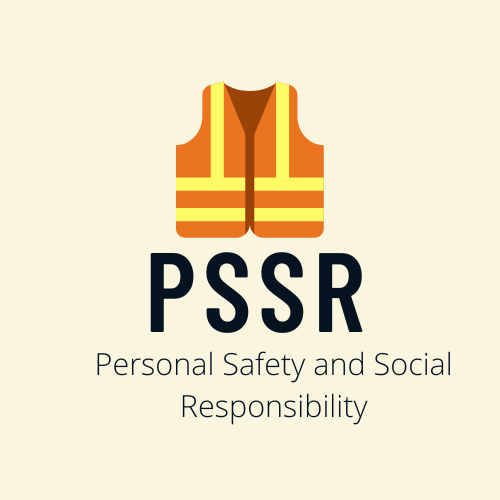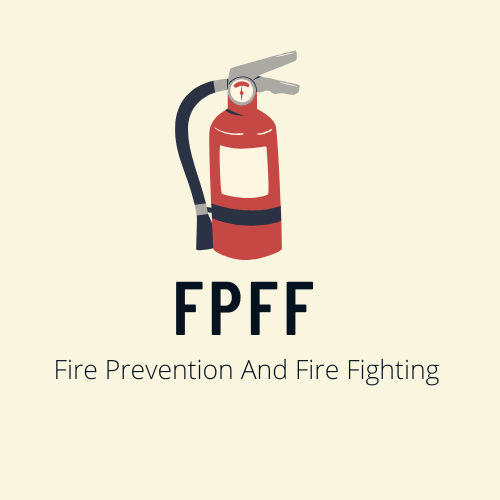This RPST exit exam questions and answer quiz contains 30 questions
If you find any questions incorrect, please let us know by Clicking here.
1. A
distress signal on desk
a. Pyrotechnics
b. Open fire
c. Flag NC
d. All of
the above
2. How much
water is available in the life raft
a. 2 lit
b. 3 lit
c. 500 ml
d. 1.5 lit
3.
EPIRB full form
a.
Emergency Position Indicating Radio Beacon
b. Emergency position Indicating Radar Beacon
c. Emergency position Information Radio Beacon
d. Emergency People Indication Radio Beacon
4. The number of lifebuoys on a cargo ship of length over
200 meters is
a. 8
b. 10
c. 14
d. 12
5. EPIRB
signal to be received by
a. MRCC
b. RCC
c. Coast Station
d. None of the above
6. Child
life jacket requirement in cargo vessel?
a. 10%
b. 15%
c. 20%
d. 25%
7. The
"off-load" release system on a survival craft is designed to be
activated?
a. When
there is no load on the cable
b. When there is a load on the cable
c. Only when the doors are closed
d. When the engine is started
8. How many chapters is the present SOLAS divided into?
a. Fourteen
chapters
b. Seven chapters
c. Twelve chapters
9. How many VHF Survival Craft Transceivers are required
abroad passenger's ships?
a. 2
b. 3
c. 4
d. 5
10. How can a person on board a ship familiarize himself
with the use of life saving appliances?
a. LSA Code
b. Maintenance Manual
c. Training
Manual
11. The
survival craft's engine is fueled with?
a. Kerosene
b. Unleaded Gasoline
c. Diesel
oil
d. Liquefied gas
12. Which code has the technical provision of carriage
requirements for life saving appliances?
a. FFA code
b. LSA Code
c. FTP Code
13. What is
the requirement for passenger ships having lifeboats?
a. Enough for 80% of the people on board, plus life rafts for
crew
b. Enough
for all passengers on board, plus life raft for 25% of passengers
c. Enough for crew, plus 80% life rafts for passengers
d. Enough for 80% crew, plus life rafts for passengers
14. Visual inspection of Survival craft on Offshore
drilling units to ensure operational readiness, must be conducted at least once
a.
1. Week
2. Month
3. Quarter
4. Year
15. When
launching a lifeboat, trapping line should be rigged
a. before the gripes is released
b. before the body is moved from the davits
c. at the
embarkation deck
d. after the boat is in the water
16. Which
of the following is the correct procedure to follow when launching an
inflatable life raft by hand from an Ocean-going vessel?
a. Connect the stainless-steel link (float free link) to the
vessel
b. Pull the
line (painter) from the container and make it fast to the cleat provided
c. Open the canopy relief valves
d. Remove the raft from the container to permit complete
inflation
17. If an
inflatable life raft is to be released manually, where should the operating
cord be attached before throwing the raft over board?
a. Do not attach the cord to anything but throw it overboard
with the raft container
b. Attach
the cord to a fixed object on the ship
c. You should stand on the cord
d. Attach the cord to the special pad eye on the "raft
davit launcher"
18. When launching a lifeboat, the tricing pennants should
be released?
a. before the boat is lowered from the stowed position
b. as the boat-fall blocks breaks clear of the davit head
c. before
the boat is lowered from the embarkation level
d. after the boat is released into the water
19. The abandon ship command is given by
a. 7 short blast and 1 long blast
b. More than 7 short blasts
c. Verbal
order by the master
d. 1 long blast of at least 10 sec
20. The sea
painter of a rescue boat should be led
a. forward
and outboard of all obstruction
b. forward and inboard of all obstruction
c. up and down from the main deck
d. to the foremost point on the vessel
21. When lowering lifeboats in heavy Seas, a good practice
is to rig trapping lines
a. On only the forward fails
b. On only the after falls
c. With a
lead of about 45 degrees to the boat
d. From the fails to the main deck of the vessel
22. One of the first actions to be taken by survivors when
they have boarded an inflatable life raft is to
a. Steam the sea anchor
b. Take an
anti-seasickness pill
c. Open the pressure relief valve
d. drink at least one can of water
23. When
launching a lifeboat, trapping line should be rigged
a. Before the gripes is released
b. Before the boat is moved from the davits
c. Before the
tricing pendant is released
d. After the is in the water
24. What is the biggest danger to life when your vessel
collides with another ship?
a. Oil pollution
b. Bilging of compartments
c. Damage to the ship
d.
Possibility of capsizing
25.
If you reach shore in a life raft,
the first thing to do is
a. drags the
raft ashore and lash it down from shelter
b. find some wood for fire
c. get the provisions out of the raft
d. set the raft back out to sea so someone may spot it
26.Cargo
vessels being navigated, and fitted with emergency lighting and power system
shall have their emergency system tested at least once
a. A month
b. In each week
c. In every 6 months
d. In every 12 months
27. Under
what condition could you still Perish when on a life raft at calm water? spot
the wrong answer.
a. Life raft is likely to have some water at the bottom and
can be cold
b. You may not be wearing personal protective gear to keep
you warm
c. There
might be a sudden swelling due to wind capsizing the raft
d. You are lost for a few days and not have been able to
locate the raft
28. You are
picking up a person who has fallen overboard. A rescue boat should be
maneuvered to normally approach the victim with the.
a. Victim
of leeward
b. Victim to windward
c. Wind on your port side
d. Wind on your starboard side
29. When a person who has fallen overboard is being
picked off by a rescue boat, the boat should normally approach with the wind.
a. Astern and the victim just off the bow
b. Ahead and the victim, just off the bow
c. Just off the bow and the victim to windward
d. Just off
the bow and the victim to leeward
30. In case
of fire, boundary cooling is carried out
a. To restrict
the fire from spreading
b. To extinguish the fire by cooling the surrounding
c. To keep the firemen and the crew cool
d. To protect the paint on the bulkheads outside





